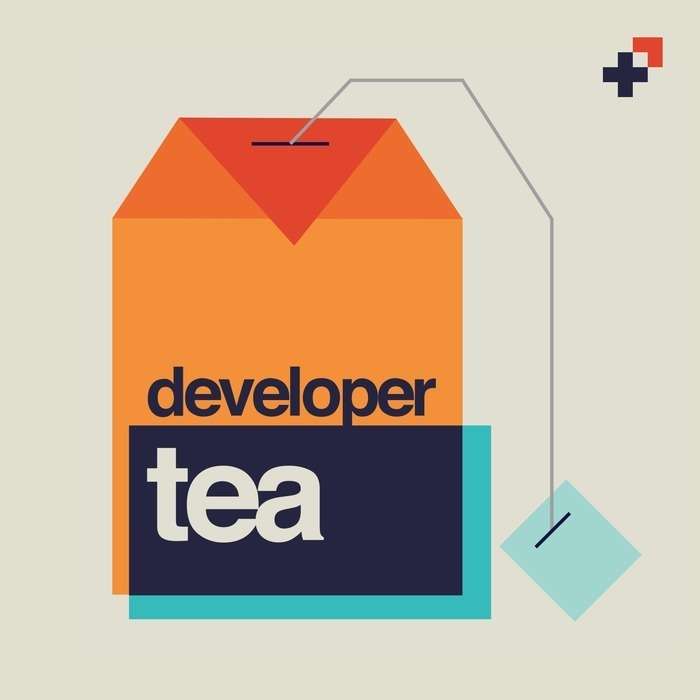Pick of the week image:

A short blog about games featuring procedural content generation and learning to make a resume
Thu Aug 18
Written by: Chris Pohlman
Pick of the week image:

This week I got to work on something I personally find extremely cool, procedural content generation for video games. Ever since playing FTL: Faster Than Light for the first time back in 2011 it quickly became a favorite feature for a game to have. For those of you who aren’t familiar with procedural content generation or PCG, it’s really just a way of referring to content that was created at least somewhat randomly. That is to say that the game designers didn’t specifically craft it to be the same for every player.
Now this can come in a lot of different forms and levels ranging from the very simple to the very complex and anywhere in between. On the simple end you can procedurally generate what is in a chest a player finds for instance. Skyrim does this for basically every chest in the game. On the very complex end you have entire games that are procedurally generated such as Minecraft or No Man’s Sky. These sorts of games usually focus on systems to guide how the player is allowed to interact with the world to create gameplay, and typically have little to no story beyond what the player or players create for themselves.
A genre that uses PCG as a staple is the Rogue-like or Rogue-lite, named after an older game called Rogue that really set the standard. In Rogue-likes often times the game map you play on is randomly created at the start of each game, and that is what I set out to do this week with Pac-man.
To accomplish this I used a very simple setup that I would describe as being similar to working with Legos. I split the map up into 3 equal sections, built out a few versions of each, and snapped them together just like Legos to create the final game map.
def createRandomMap():
#this will build out a random map by picking a top, middle, and bottom piece
#from a set of dicts{}
map = []
top = tops[random.choice(list(tops.keys()))]
middle = middles[random.choice(list(middles.keys()))]
bottom = bottoms[random.choice(list(bottoms.keys()))]
for line in top:
map.append(line)
for line in middle:
map.append(line)
for line in bottom:
map.append(line)
return mapThis week I learned a bit about how to craft a good technical resume and perhaps more importantly what to avoid when creating one for yourself.
Summarize your technical skills
Make it your own
Think of it like setting up a dating profile for your professional self
Make it overly lengthy and detailed
Include your contact information in a header
Make it overly stylized
Use acronyms or jargon without spelling them out
Developer tea by Jonathan Cutrell is a cool short podcast that dives into topics ranging from how to have better meetings, to productivity, choosing tools, really anything and everything that a software engineer is likely to deal with during their career that isn’t explicitly about how to code or what latest new tech is worth checking out.